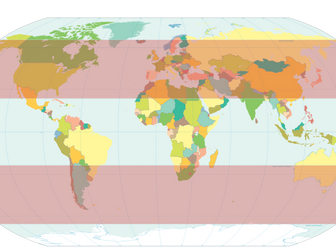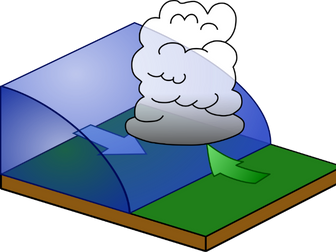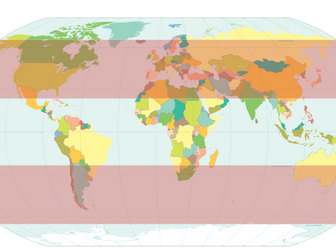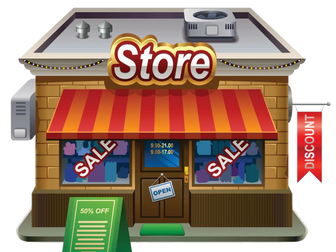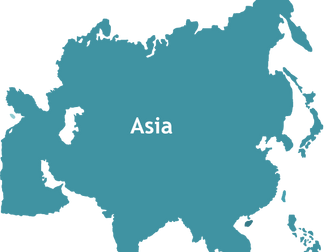World climate zones worksheet / activity
<p>This resource includes a worksheet on the world climate zones and an activity to draw clothes in three specific climate zones. The worksheet requires students to explain what a climate zone is, how the world is split into climate zones and why. The name of the zone, description and example are leveled. All students must write the name of the climate zones, most will be able to describe it and some will be able to give an example of a place with each specific climate zone. Students also connect this to the UK. The activity enables students to solidify their knowledge on climate zones in a fun way. They must dress each person according to it’s climate zone in the winter months and then justifying their work.</p>
